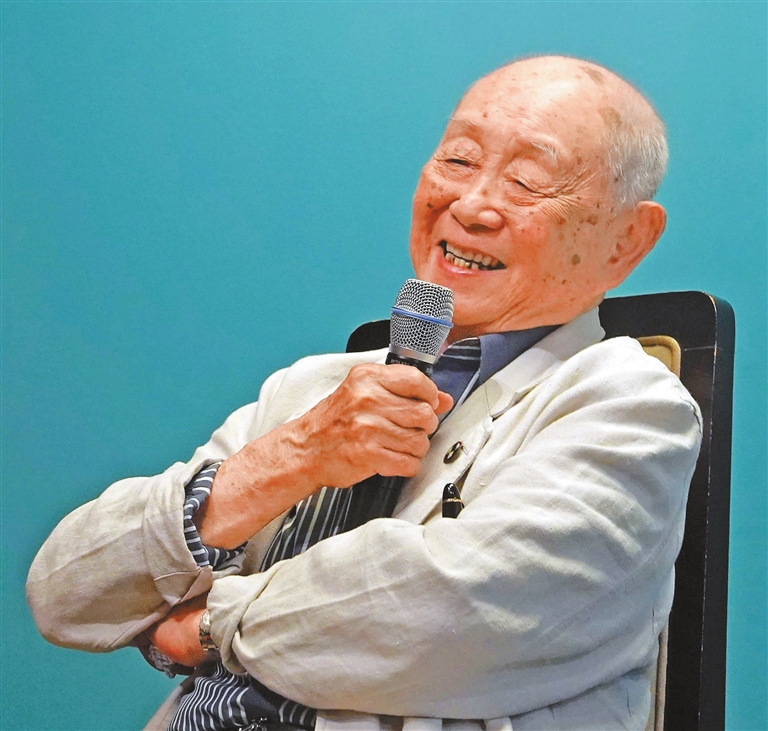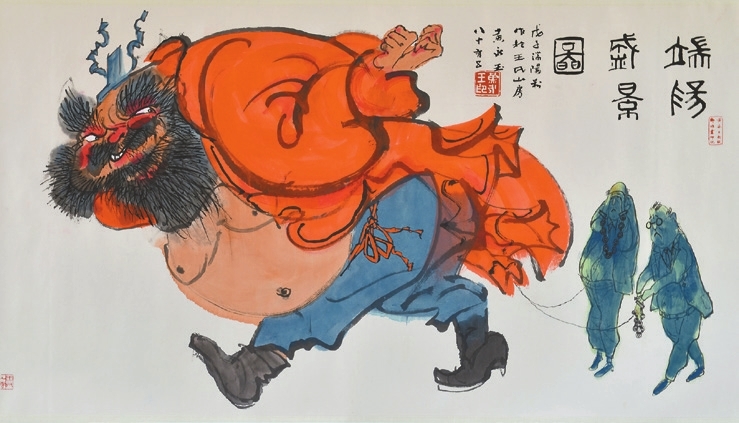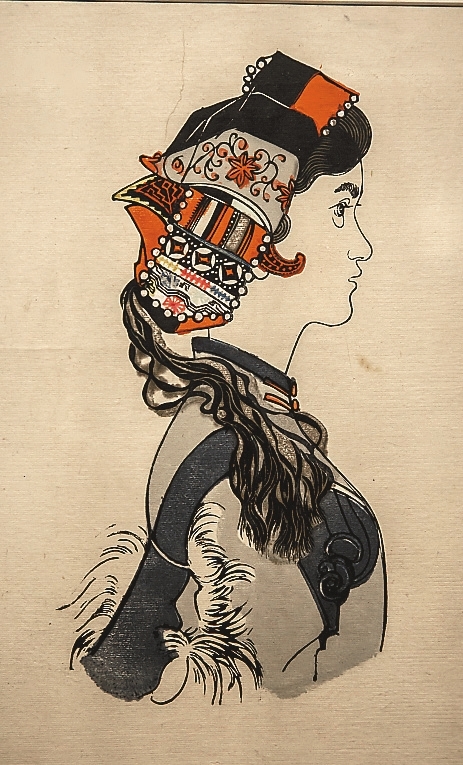


HUANG YONGYU, a renowned Chinese artist known for his creative woodblock prints, paintings, and literary works, passed away Tuesday, as announced by the Central Academy of Fine Arts where he served as a professor. He was 99. Born in 1924 in Fenghuang County, Hunan Province, Central China, Huang gained international recognition as a pioneer in the reform of traditional Chinese painting. He was also a prominent figure in printmaking and is credited with reviving traditional woodblock prints. Huang’s works are immediately recognizable with their bold lines, vivid colors, and a sense of humor, often depicting scenes from daily life, nature, and Chinese mythology. Among his notable works are “Ashima,” a vibrant woodprint that depicts a young ethnic minority woman and ink paintings featuring owls and lotus flowers. In 1980, Huang became a household name after being commissioned to design the first Chinese zodiac stamp, known as the “Monkey Stamp.” He was entrusted with the task to design a zodiac stamp again this January, and came up with an impish blue rabbit image that sparked controversy. His paintings and prints were widely exhibited throughout the world, and he was awarded numerous prizes and honors in a career that spanned eight decades. Huang was also a prolific writer and poet, with several collections of his literary works published over the years. His art reflected his carefree outlook and childlike innocence. “You are not beaten as long as you can laugh,” said the artist, who survived poverty, upheavals, and wars in a long life and could still stay upbeat and tell jokes. At 13, Huang left his home to live with an uncle in Xiamen, Fujian Province where the uncle worked for a local academy, because his parents were unable to afford his living expenses. Huang’s time at the academy was a turning point in his life where he discovered his love for books and reading. However, Huang’s rebellious nature saw him leave the academy after a violent altercation with other students resulting in punishment. He had to fend for himself and resorted to surviving on “leftovers from the roadside.” He took on a variety of jobs and taught himself art and literature along the way. He had worked as an intern in a ceramics studio in Dehua, a fine arts designer at a military service troupe in Quanzhou, and a newspaper graphic designer. Despite facing hardships, Huang was fortunate to have formed friendships with elder mentors in the literary and art circles, who encouraged him and helped him stay hopeful. One such mentor was the renowned poet Zang Kejia, who was 20 years his senior. Zang was impressed by Huang’s woodprint works and agreed to help him publish them via his contacts, even paying top rates for a dozen prints from his own pocket, though they never got published. Tang Tao, another friend who was a literary critic and author, also helped him find clients, for whom Huang painted portraits in exchange for fees. Huang’s perseverance and the support of his mentors shaped his positive outlook in life, helping him overcome adversity. In 1953 at 28, Huang became a professor at the Central Academy of Fine Arts (CAFA), China’s leading fine arts academy, and became neighbors with such masters as Li Keran, Dong Xiwen and Li Kuchan. During that period when Huang lived in the Dayabao hutong, an alley in Beijing among his CAFA colleagues, he was the best-loved friend of their children. He had many cool gadgets that they admired: an accordion made in Italy and an electric machine he used to cut wood for making woodprints, among other things. He even took the children on an excursion to the zoo, an outing they fondly remembered as adults. Huang was also known for his straightforward nature, fearlessly criticizing his friends when necessary. He once told cartoonist Ye Xianyu, “I suffered a lot, but I have many friends who love and think of me; you don’t have many good friends because you are not nice enough to people.” This criticism prompted Ye to change his attitude towards his students and reach out to people. Huang had often been associated with literary master Shen Congwen, who was Huang’s distant uncle. Shen imparted a lifelong lesson that would forever impact Huang. “He told me the most important thing in life is to have love, sympathy, and gratitude,” Huang recalled. For him, it’s good enough that people “are willing to use and to see” what he has created. He had designed the package for a liquor brand from his home province. He didn’t mind what others had to say about his artistic style. “Life is a 10,000-meter race, not a 100-meter sprint,” he said. “Never mind if someone criticizes you for your running posture. You just run on. When you are far enough, you will not hear their criticism. If you stop and argue with them, then you are a fool.” (SD News) | 
